Intel QuickAssist is a technology that has been around for a while. It started in the mid-2000s and Intel’s current CEO announced the Tolapai product with QuickAssist Gen 0 back in 2007. Over the years, the technology has grown and it is quickly becoming a cornerstone of Intel’s acceleration strategy. In this piece, we are going to take a look at QuickAssist technology, and what it means for Intel with a unique focus: we are going to look at how the technology has evolved in the Intel Ice Lake generation. To be clear, this piece is being done with an eye for the future, so this is not just a look at the current state but is the start of a series on STH that we plan to run over the next year or more.
Intel QuickAssist Technology the Ice Lake Video
We have a video version of this that you can find here:
As always, we suggest watching it in its own tab, browser, or app for a better viewing experience.
We are also going to say that this article/ video is sponsored by Intel. When you see the scope of what we put together it is evident we had help from Intel getting this all setup properly. I also traveled to Intel in Oregon to film some of what is in the video. As always, this piece was done editorially independently and Intel did not get to review this article or video before publication. This is just the type of piece that is not done often because it requires a lot of resources to show folks.
Intel QuickAssist Technology (Intel QAT) the Background
In the industry, you will often hear Intel QuickAssist Technology called “Intel QAT” or Intel QuickAssist. We are going to use QAT here. From its 2007 roots, the technology has evolved. Intel QAT is primarily a compression and encryption acceleration technology that is focused on the networking and storage space. Years ago, before HTTPS was standard on websites, doing simple tasks like encrypting web traffic took a lot of CPU power. Likewise, compressing data was so computationally expensive, that the feature we take for granted on PCs today was a differentiating high-end storage array feature.
In 2013, we got the Intel Atom C2000 line. Avoton was the compute-focused line, but Rangeley was special. It has the Intel QAT engine built-in. Rangeley we first tested in 2013 in our Intel Atom C2758 Benchmarks. The Atom C2000 line was meant to keep Arm out of the market for years. Back in 2011-2013, Arm CPU cores were weak, but they were often paired with hardware accelerators. Intel had the process advantage at that time over TSMC and other foundries, so it struck back with an out-of-order x86 core that was low power and had variants that included its crypto and compression acceleration technology, Intel QAT. This was done with an eye to the future.
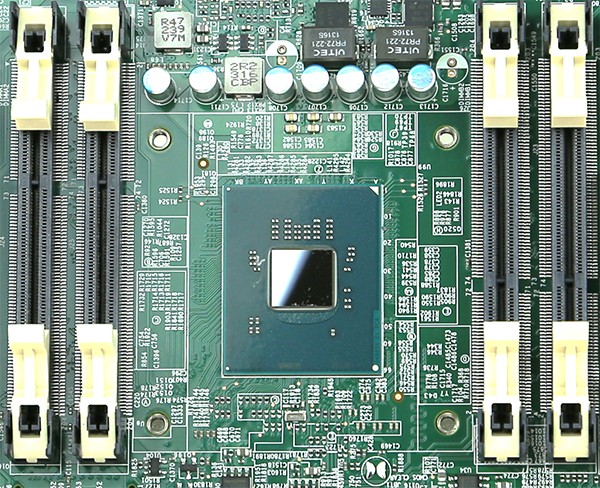
Other devices followed, but notably, Intel QAT found its way into generations with the Broadwell-DE (Xeon D-1500), Skylake-D (Xeon D-2100), some PCH chipsets Intel used with the Xeon E5 and Skylake/ Cascade Lake series Xeons, and custom accelerator cards. We now have a generational guide you can find Intel QuickAssist Parts and Cards by QAT Generation.
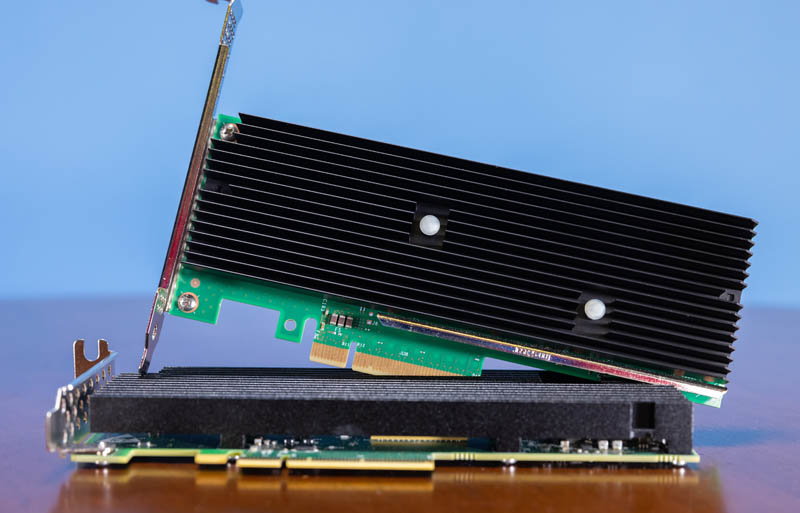
Intel is now on its third generation of technology (post-Tolapai Gen 0.) We tested it back in 2016 and 2017 with OpenSSL and IPsec VPNs, but that was the older 40GbE generation. To be frank, it was difficult to work with.
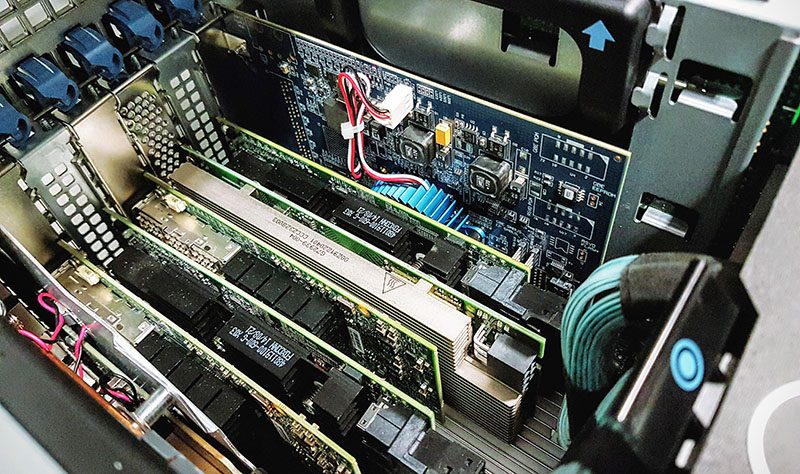
Intel QAT pre-2016 when OpenSSL 1.1 was (finally) released was quite challenging to get working. After OpenSSL 1.1, the ecosystem has gradually made it easier to use. Some of our readers that have been hearing us discuss QAT for around 9 years may assume that the technology is not really used often, or does not work. Those are both false assumptions.
The big distinction is that due to the early integration challenges, the technology primarily was used by networking and storage vendors. A number of VPN appliances use the technology as an example, but there are more. Even the modern Dell EMC PowerStore uses Intel QAT to accelerate its compression.
With its latest generation, Intel QAT has gone beyond the dedicated accelerators and offers a substantial performance gain.
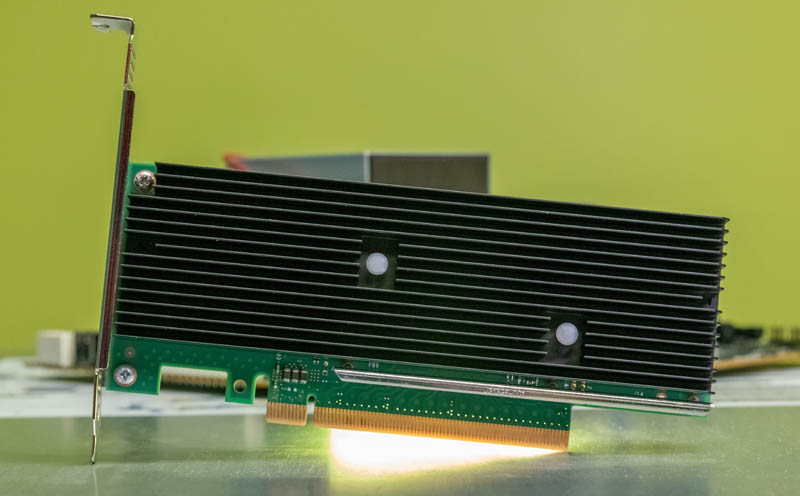
This newest generation is what we are going to look at today. Next, we are going to discuss the QAT Engine and the test setup, before moving to the performance testing.

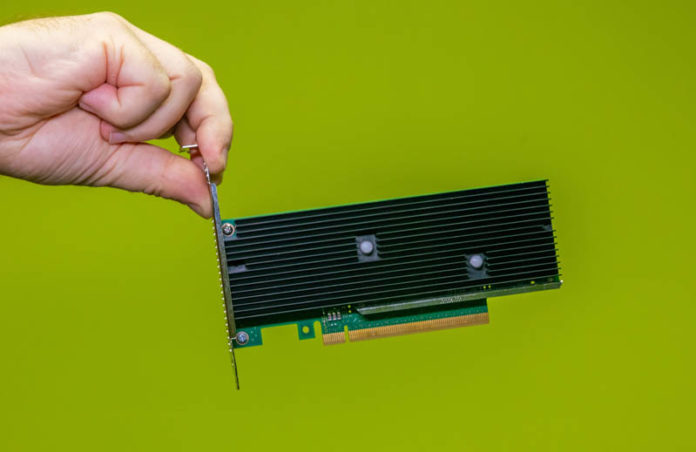



I’m going back to read this in more detail later. TY for covering all this. I’ve been wondering if there’s updates to QA. They’re too quiet on the tech
IPsec and TLS are important protocols and it’s nice to see them substantially accelerated. What happens if one uses WireGuard for a VPN? Does the QAT offer any acceleration or is the special purpose hardware just not applicable?
Hi Eric – check out the last page where WireGuard is mentioned briefly.
How about sticking a QAT card into an AMD Epyc box? Would be nice to see how this works and get some numbers.
I came here to post the same thing that Herbert did. Is this more ‘Intel Only’ tech or is it General Purpose?
Also, what OS’s did you test with? It’s obvious that you used some flavour of Linux or BSD from the screenshot, I’d like to know specifics.
It would be also interesting to know if Windows Server also saw the same % of benefit from using these cards. (I’m a Linux/BSD only sysadmin, but it would still be nice to know.)
I don’t think QAT on EPYC or Ampere is supported by anyone, no?
I thought I saw in the video’s screenshots they’re using Ubuntu and 22.04.x?
Some of the libraries are available in standard distributions, however it seems you must build QAT engine from source to use it, there are no binary packages. I think this limits the usability for a lot of organizations. I would be especially wary if it’s not possible to upgrade OpenSSL.